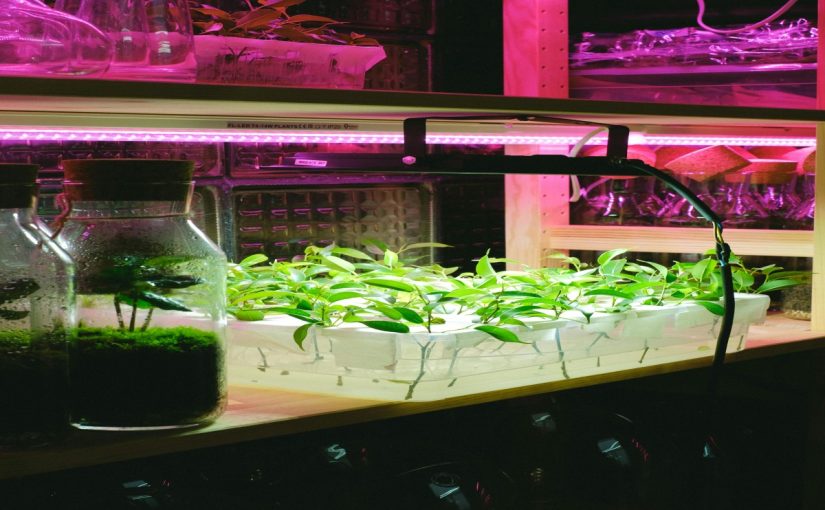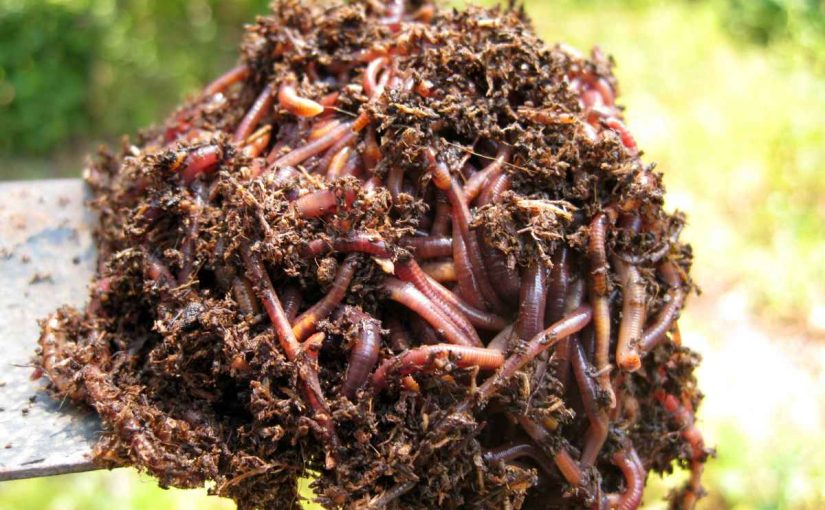Radishes are a healthy and versatile plant. They can be consumed as toppings on salads used in western dishes too. The juice of radishes is full of nutrition. It is also cooked as a vegetable in various parts of the world. Along with all of this, radishes are so easy to grow and consume.
But while growing radishes you can face some problems too. Problems that occur while growing radishes can be woody stems, bitter taste, cracking in roots, not forming bulbs, too hot taste. And while growing radishes, one question you might ask is, why my radishes are growing above ground?
Here we shall discuss why radishes grow above ground and solutions to this problem too.
First, check out these numerous benefits of radishes.
They can be eaten raw or can be cooked too. Only half a cup of radish has enough vitamin C to fulfill your daily need. It also has nutrients like vitamin K, vitamin B6, potassium, niacin, phosphorus, riboflavin, calcium, and magnesium.
Along with this, extracts in roots of radish have the power to kill cancerous cells. It is also great for bowls. To add to this, radish consumption can control blood sugar and cholesterol levels. Gastric ulcers can be cured by radish juice. Natural antifungal agents are present too.
Why are my radishes growing above ground?
There can be few reasons behind this and they are mentioned below-
1. Imperfect Soil
If soil is not fit and does not match the required criteria for growth then abnormalities are obvious. Soil should be loose and crumpy to grow perfect and healthy radishes. In case, the soil is too compact, roots do not get enough space to expand. Therefore, first, they grow small in size.
Next, when they have no space to expand, they push themselves out and radishes start growing above ground. This situation can be prevented by loosening soil a little. It provides enough space to grow freely and thus, they do not pop out.
The soil must be loosened and well maintained with compost and dry leaves up to 14 inches.
By the time radishes start popping out of the ground, the problem would have increased very much without you noticing. Thus, if they come out by a quarter of an inch, check soil integrity.
2. Seeds not sown deep enough
Seed packets bought from the market suggest sowing seeds up to ½ inch inside the ground. Scientists suggest that seeds must be sown at least one and a half inches deep in the ground for perfect growth of radishes. Sowing seeds above can lead to roots or main bulbs coming out of soil early.

Sowing seeds deeper ensures proper growth and maximum output.
3. Temperature of soil
Soil temperature becomes unsuitable for radish growth when radish seeds are not sown at the correct time. The best time for sowing seeds in the spring season.
Sowing too early or too late makes them face too cold or too hot soil temperature which affects the growth of radish. Further, temperature above or below 80F is not suitable for radishes. Therefore, radishes come out of the ground.
Must Read: Radish Farming: Planting, Harvesting, & Diseases
Tips to prevent radishes growing above ground
- Make sure soil is loose and crumbly up to 12-14 inches deep.
- Use compost and dry leaves to make soil fit for radish growth.
- Seeds should be sown at least one and a half inches deep for maximum output.
- Maintain good moisture in the soil to avoid bitter radishes.
Radishes turning long and thin
There can be various reasons behind radishes turning long and thin. First of all, understand that the growth of leaves generally determines when they are to be pulled. Sometimes, leaves can be healthy but radishes below-ground can be long and thin and unfit for consumption.
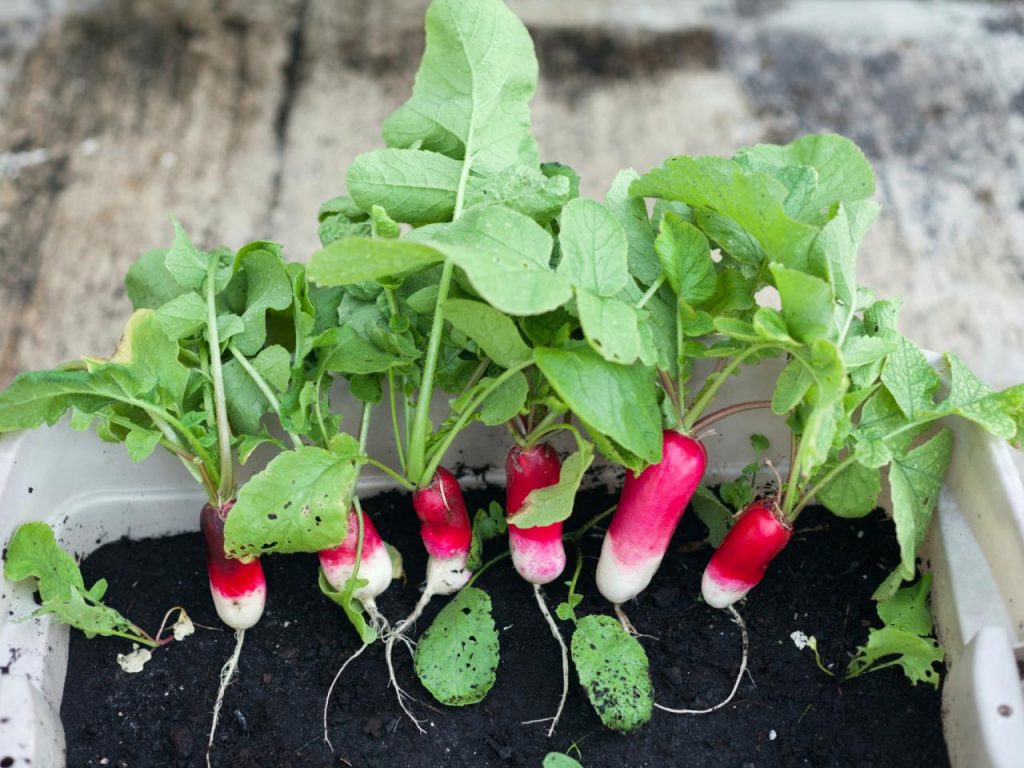
You can check growth by pulling the main root out a little. The main taproot is strong and deep and does not get affected much. However, tiny roots attached to the main one can get damaged by harsh pulling. So, be careful while checking.
Now if your radishes appear to be long and thin then this might have occurred because of your little mistakes like-
- Overcrowding- Radishes grow below ground and require enough space for proper growth. If they don’t get enough space due to overcrowding then they grow long and thin. Radishes should be grown 2-3 inches apart. This makes sure each one gets enough space to grow fully.
- Sunlight- 6 hours of sunlight are a must for healthy and fully grown radishes. Alteration in sunlight periods affects growth and makes them long and thin.
- Regular watering- radishes require a lot of water to grow. Shortage in the water supply makes them long and thin. However, too much water can destroy them so care must be taken. Radishes can bolt if hot water is supplied.
- Temperature- 80F is the optimum temperature for radish growth. If the temperature is above 80F, radishes start producing flowers.
- Nutrients- improper intake of nutrients causes thin and long main roots. If high nitrogen content is added to the soil, radishes focus more on leaf growth than root.
Radish leaves turning yellow
Various conditions can result in the yellowing of leaves like overcrowding, lack of sunlight, competition for weeds, irregular watering, pests, or diseases. Few diseases that lead to yellowing of leaves are-
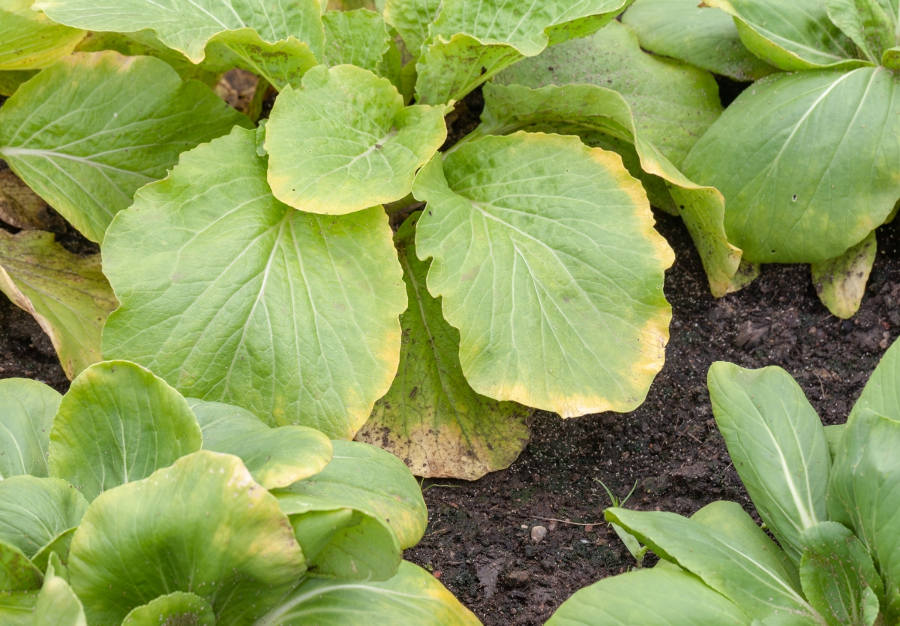
- Septoria leaf spots- this condition leads to yellow spot formation on leaves. Well-drained and nutritional soil prevents this disease.
- Club rot- yellow leaves, tumor growth, and swelling in roots us seen. It can be prevented by crop rotation.
- Downy mildew- Angular yellow spots appear on leaves along with the white or grey fungus.
Holes in Radish leaves
Flea beetles can lead to holes in the leaves of seedlings or small transplants. Larvae of flea beetles feed on radish leaves and make holes in them.
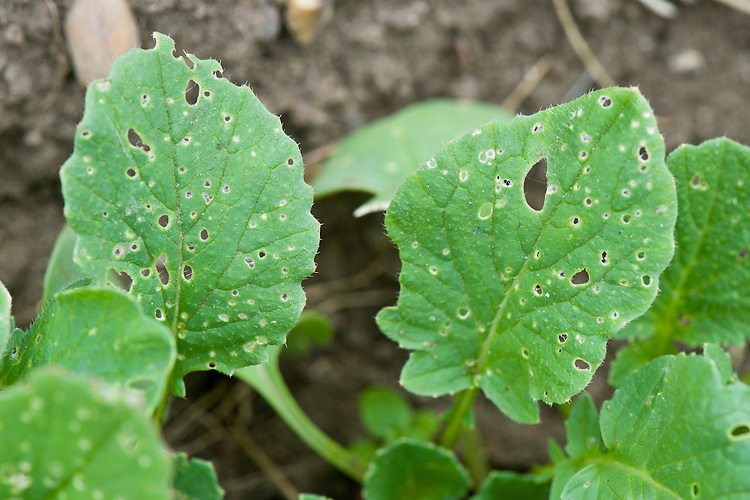
Cultivating them often can help get rid of flea beetles. The Garden should be kept clean to avoid pests.
Conclusion
Radishes are an easy to grow and versatile plant. They take only 3-4 weeks to grow and ready to eat as such. But growing radishes can be accompanied by the above-mentioned problem too. Therefore, take steps to prevent and cure these ailments and you can grow perfect radishes that are fit for consumption.


